
Wonder Woman #600 (DC, $4.99)
by Graig Kent
It is undisputed that Wonder Woman is a legend, an icon, not just in comic but in the world at large. When DC talks about their “Trinity” nobody questions her place beside Batman and Superman as a premiere character in their roster. And yet the Wonder Woman comics over the years have struggled to obtain the sales that would reflect her stature. She’s never had, ala Superman, Spider-Man, Wolverine, Hulk, Batman, or even friggin Deadpool, numerous ongoing series at once. It would seem that writers have an awfully difficult time finding a handle on the character. To paraphrase Greg Rucka (the last writer to have a successful vision for the Amazon princess), so many writers just treat her as “Superman with tits”.
This issue marks Wonder Woman’s 600th issue in an ongoing series. Her title has been relaunched a number of times but this, apparently, as is the trend these days, puts things back on the original series numbering scheme. As a landmark issue, it is presented as tribute to Diana, kicking off with a foreward by Lynda Carter, the actress who brought the character to her broadest appeal in the 1970’s TV show. Carter writes, “…Her costume and accessories don’t define the essence of Wonder Woman. She is the ‘Secret Self’ inside every woman — the beautiful, unafraid, tenacious and powerful woman we know resides within us…. She is the archetype of the Liberated Feminine.” Can we get Carter to write the book? She seems to get it. DC, on the other hand, seems to undermine this rather straightforward message about the character, by stuffing the book with with pin-ups that seem more focused upon her curves rather than her strengths.
As a tribute it doesn’t fare all that well as it presents numerous short stories, the best of which is a coda to the fondly remembered George Perez era, an era which ended some 18 years ago. There’s also a tale that’s more about Power Girl than Wonder Woman, or rather, Power Girl’s cat (although why the match-up of two of the most powerful heroines hasn’t been explored much in the past I don’t know), as well as a barely passable team-up with Superman which is supposed to highlight her and pull her from the deep recesses of his shadow but I think his mere presence in this issue only serves to reinforce that she’s still within it.
The final story in the book introduces new regular writer J. Michael Straczynski to the readership, and does so with what I suppose we’re supposed to see as a bang, or at least that’s the spin New York Times and a glut of other news (and not-so-news) sources are giving it. If you haven’t heard already, Wonder Woman’s been given a facelift.”
As JMS writes in the coda to the issue, “Visually, I wanted her to look and be tough but still quite beautiful. Let’s give her clothes that she can fight in….” Yes, gone are the star-spangled panties, and the bustier, giving way to a more street-level look, including a black leather half-jacket, black leotards, a choker collar and gauntlets which leave a “W” mark on people when she punches them (“She signs her work”, JMS writes). There’s plenty of ornateness going on, her bustier replacement, belt and bracelets are all over-designed and even her simplistic tiara is overhauled. It’s a ridiculous, sub-Black Canaray level look, which seems like something fit for perhaps a Witchblade revamp rather than the most iconic female superhero.
Her bustier, tiara, boots and bracelets, for better or worse, define her visually. You can change that, and it’s been tried (not just the ridiculous 70s incarnation, but there was a couple attempts in the 90s as well, not to forget Allen Heinberg’s maligned attempt at it a few short years ago) and yet that iconic appearance always returns. Every hero has their look tweaked over the years, but overhauls never last (iconic looks become that way for a reason), and these days it smacks as cheap and startlingly desperate for a creative team that has no other ideas to draw attention to their work.
To add further insult to the character, JMS writes “I wanted to free her up from the weight of a lot of her supporting universe so that we could see who she was… so the solution was to tweak time.” Essentially, JMS is “retconning” the character’s history, having the last 20 years of the character be erased (at least in part) and replacing it with some modifications such as a decimated Paradise Island and a semi-amnesiac Diana rediscovering her own history.
I recall when the last Flash series reached it’s 200th issue and that character faced a similar challenge. Geoff Johns had erased Wally Wests past and then rebuilt his surroundings. It worked only in that it was intentionally temporary things kinda went back to normal shortly thereafter. I have to believe for Wonder Woman this is more of the same pony show, since any serious consideration to this being a permanent transformation is certainly disingenuous.
What DC needs to realize, and perhaps this ruse is just their attempt to get others to realize the same damn thing, is that Wonder Woman isn’t ever going to play the same game as the big boys. She’s not going to be Batman, Superman, Spider-Man in that she’s not going to be able to support four monthly books on her own. She’s an icon and she’s going to remain an icon but it’s for what she inspires and represent more than the stories that are told about her. She will sell far more merchandise than she will ever sell comics, and it will be in her bustier and bracelets. Over the years there will be some stories that some readers connect with and other stories that other readers connect with, but I doubt there is a universally attractive/exciting best-selling “Death of Superman”/”One More Day”/”Knightfall”-like story in Wonder Woman’s future. This certainly doesn’t look like the start of one of them.


 Invincible Iron Man Annual #1 (Marvel, $4.99)
Invincible Iron Man Annual #1 (Marvel, $4.99)
by Graig Kent
I would like to draw your attention to the fact that the majority of Marvel’s monthly comics, featuring 22 pages of story, are now costing readers $3.99. This Annual, clocking in with 68 pages of story is only one dollar more. So three times as much story for an extra dollar… anyone else thinking perhaps annuals or quarterlies at this size and price is the preferable way to go?
But I digress. The first Invincible Iron Man Annual puts The Mandarin in the spotlight, as the megalomaniacal supervillain/dictator “enlists” the fictional country of Madripoor’s most celebrated director to direct the story of his life. Matt Fraction here curiously revises the Mandarin’s backstory telling the tale through mostly lies, half-truths, and cinema. The Mandarin relates his history from his own revisionist perspective while the director tries to suss out his true origin from rumors and first-hand accounts of his evil deeds. Throughout the proceedings, however, we’re made completely aware of exactly how unrepentant the Mandarin is.
The end result is a middling but entertaining enough story with a bit of an Inglourious Basterds-vibe which effectively revamps the character from a cartoonish Fu-Manchu-esque world-conquering supervillain into a maliciously vainglorious drug lord and profiteer. What the story unfortunately avoids is much exploration of the Mandarins ten power rings, although, it would appear Fraction has made some slight and crafty revisions to those as well which he’s no doubt anticipating exploring at a later date.
The Mandarin is widely considered to be Iron Man’s arch-nemesis, and here I was expecting actually a more sweeping revision to the character, something that would make him obviously relevant as chief nemesis for the third Iron Man movie, and while there is a connection made for the movie series, it’s relatively minor. I guess it’s the difference reading this as a fan of the movie series and not so much the comics. Even still, plenty of bang for the buck.




Action Comics #890 (DC Comics, $3.99)
By Devon Sanders
One of my main complaints about the Superman line of comics has been what I believe to be a very valid one: Superman hasn’t appeared much, if at all, in either of the books bearing his name. Now, I could go on about the events behind Superman’s absence but when you really get down to it, in ten years time they’ll either be simple footnotes in Superman history or forgotten altogether. With Action Comics #890, the father of all superheroes continues his absentee ways and finds his greatest enemy, Lex Luthor, attempting to make over the title in his own grave image.
Following the events of Blackest Night, Lex with Lois Lane at his side and after tasting the power of absolute want, is on a quest for more, occupying a Metropolis without a Superman. And Lex being who he is knows this to be a prime opportunity to move the world into checkmate.
Writer Paul Cornell (Captain Britain & M.I. 13, Dark X-Men) truly gets what Lex Luthor is: all ego and vanity, Cornell’s Luthor is the only absolute he himself will ever recognize. I look forward to the continuing adventures of Lex Luthor under Cornell’s stewardship.
Pete Woods (Superman: The Last Stand of New Krypton, Catwoman) supplies art and while I enjoyed it, there’s a flatness to the inking that does necessarily take anything away but doesn’t always add to it either. Woods’ Lex, as he should be, is the true delight. His Lex is a simple man, not overly… anything. He is not overly muscular or attractive and has a bit of a double chin and that’s what I love about it. Superman’s greatest enemy looks like any man only this one could end the world with a thought.
Action Comics #890 is a very good beginning to what could be the best title in the current Superman family of books. Lex Luthor wouldn’t have it any other way.



Fringe: Tales of the Fringe #1 of 6 (Wildstorm, $3.99)
By Jeb D.
Maybe I’m just getting crotchety in my old age. Because normally, I’d preface this review with an examination of the all the difficulties involved in trying to make a compelling comic story out of a licensed property. I might even have spent some time running down the ways that previous attempts have or have not succeeded.
But honestly, I just can’t be bothered: no matter the built-in excuses, this is a drab, uninspired book, tying in with an intermittently entertaining TV series. And it appears to have no ambition to be anything greater.
The first story brings us one of Peter Bishop’s “consulting” assignments that takes place prior to the beginning of the TV series, which makes it fairly superfluous, and writers Justin Doble and Adam Gaines, and artist Federico Dallochio, bring just about that level of interest to it: the plot isn’t particularly hooky, the dialog no more than functional, the art flat and unconvincing. The second story fares slightly better, in that it actually has a concept: a young woman finds herself transported into the body of what appears to be the alternate-universe version of herself: a trained black-ops assassin; but since it’s not tied to any of the show’s characters, and only tangentially to its mythology, it’s a 12-page exercise in “Yeah, OK,” with adequate script and pencils by Alex Katsnelson and Shawn Moll.
Really, I don’t blame the talent involved in this: as I say, the opportunities for anything above mediocrity in this kind of book aren’t great. The real problem is the quick cash-grab represented by DC’s acquisition of properties like this, in the hopes of getting some free exposure and marketing from the existence of the TV series. This book is pointless. Skip it.
NO BEER CANS WHATSOEVER
Powers #3 (Icon, $3.95)
By Jeb D.
Like a lot of fans, I regard the first few years of Powers (say, roughly, the first four trade collections) as among the best comics work that anyone produced in the past decade or so. And, like a lot of fans, I feel that the production delays since then have defused a lot of my interest in it, dragging out storylines to the point where they lose much of their impact, and even start to feel redundant.
Which is why I’m amazed and impressed that this new issue is not only the best issue of Powers in several years, but one of the best single issues of any comic that I have read this year.
In a way, this comic is exactly the kind of thing that many of today’s comic readers complain about: you could, in theory, have condensed most of the issue’s action into a single page, if all you cared about was the degree to which it advances the story. But in doing so, you’d miss one of the joys of sequential storytelling: the ability to capture a moment in time, to stretch it out, ratchet the tension to the breaking point, all the while allowing the reader to be his own film editor and projectionist, freed from the dictates of “real time.”
The story couldn’t be simpler: Detectives Christian Pilgrim (never comfortable with the recent re-discovery of his superpowers) and Enki Sunrise are bringing in Erika, the teenage suspect in the murder of one of Pilgrim’s former teammates. The girl’s mother is clearly furious about her daughter’s arrest, while the girl, in turn, appears to loathe her mother. And it’s only after the detectives drive away that their prisoner’s nervous attitude makes it clear: her mother has powers, and she’s coming after them.
From there, the book is basically one long car chase– maybe the best (and one of the very few good car chases) I’ve ever seen in comics. Artist Mike Oeming’s furious and imaginative page layouts move at breakneck speed, while writer Brian Bendis continues to ramp up the tension for the detectives and their charge, here and there punctuating the tension with his typical black humor (“What kind of car is this?” Erika asks; when informed that it’s just an ordinary police car, with no special weapons or defenses, she bites her lip and suggests “Um… maybe you better drive faster.”). The book’s crammed so full of action that there isn’t even space for the familiar letters page, and the denouement is satisfyingly bloody and surprising.
Looking back on Powers since its move to Icon, I would have to be fair and say that the current storyline (since the rebooted #1) has picked up from the last few years at Image, and the first Icon run. If Bendis and Oeming can achieve their goal of keeping the book on a regular schedule, it may yet return to the level of past glory.







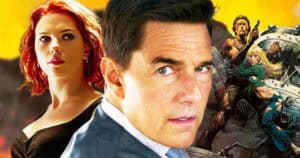
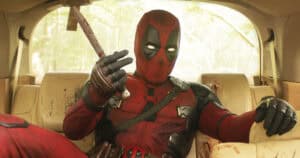

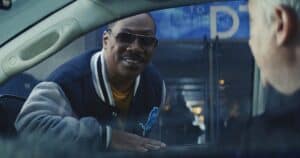
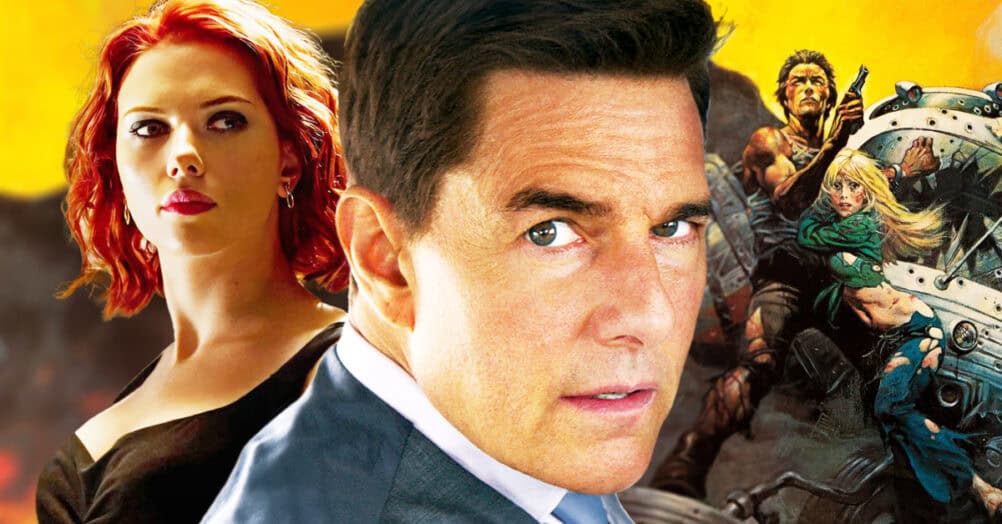
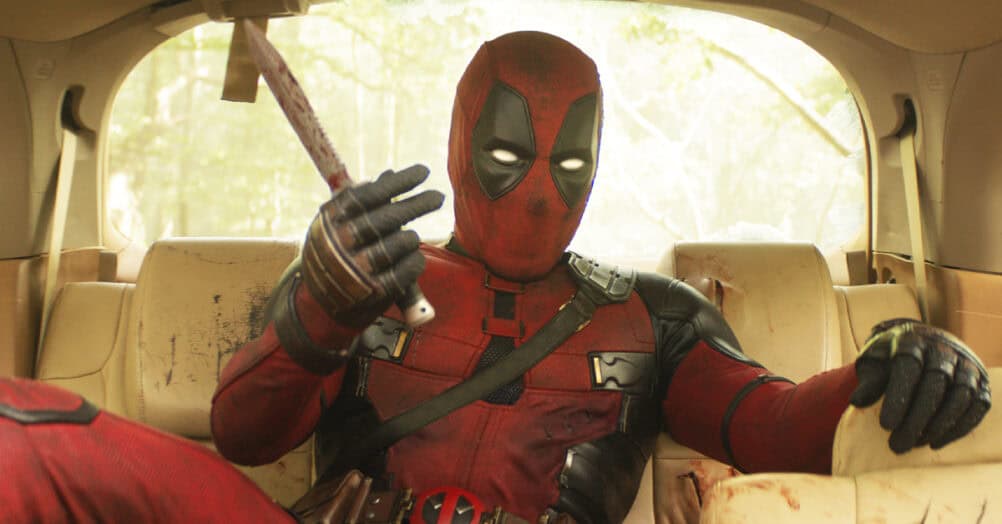

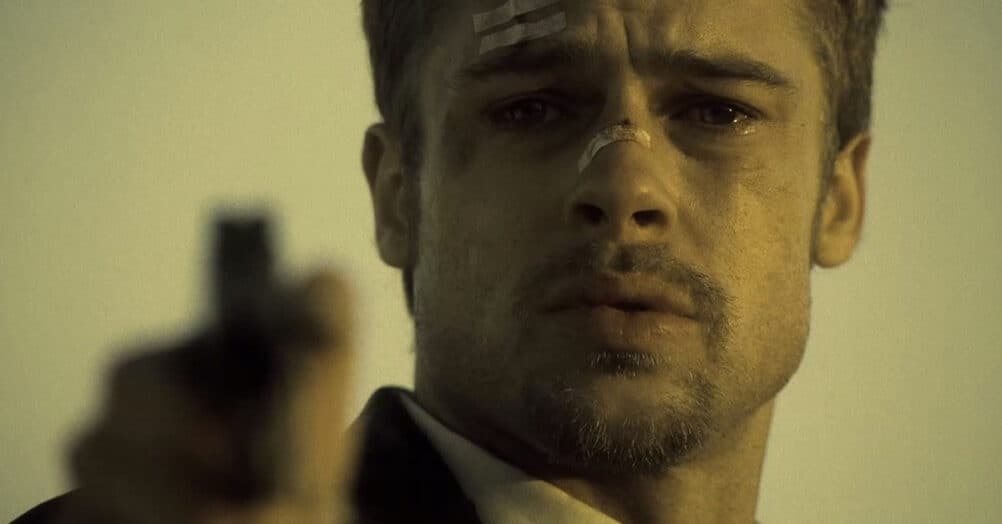
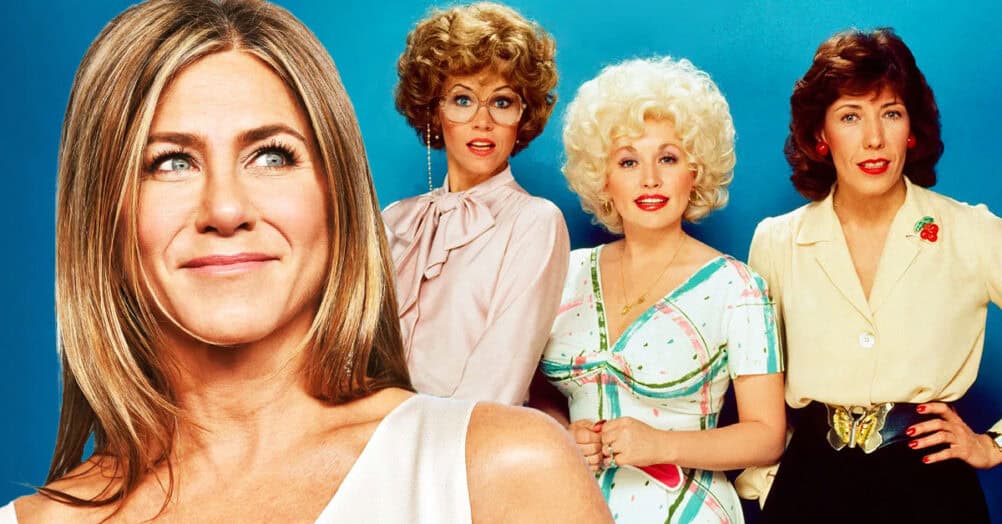
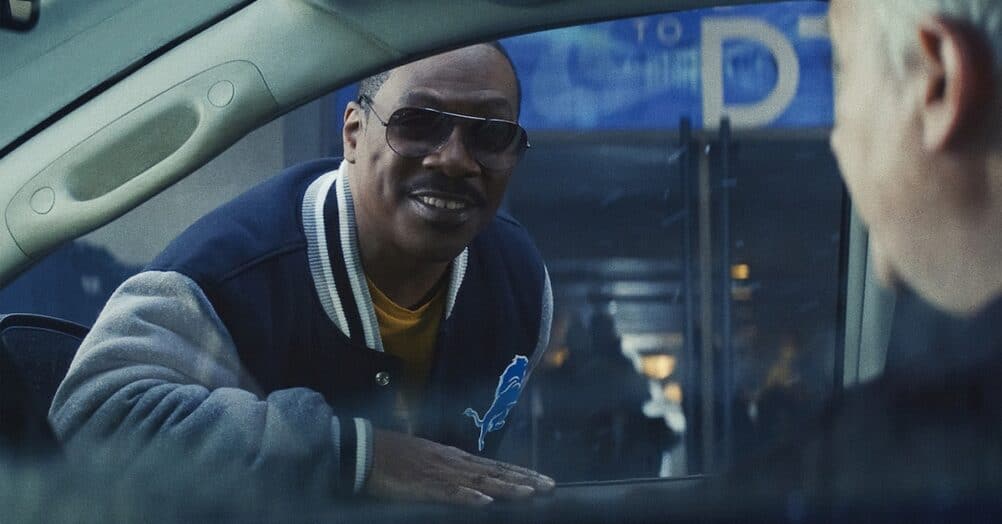

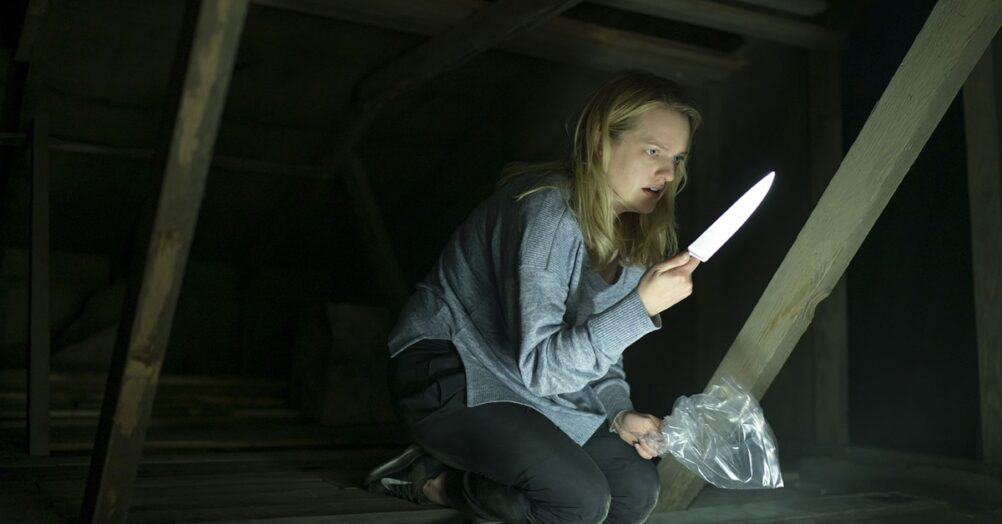
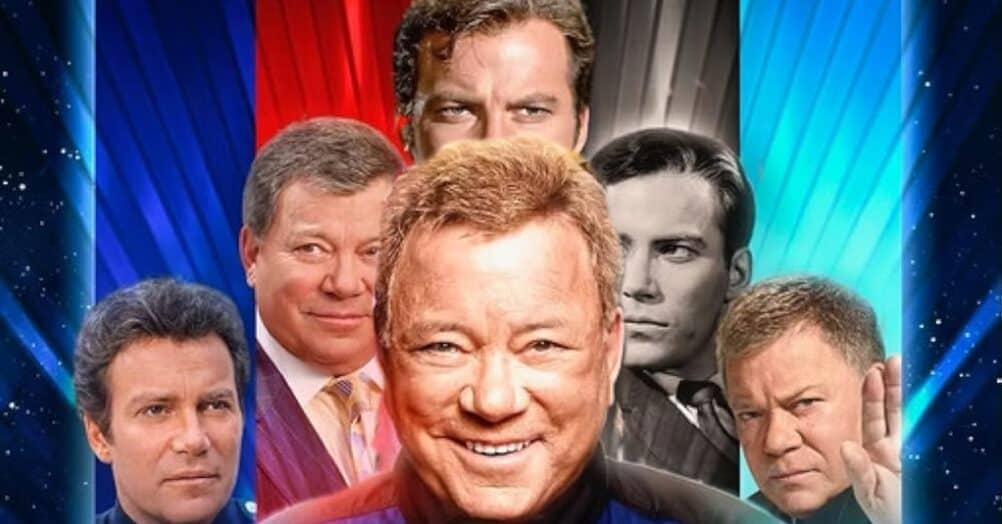

Follow the JOBLO MOVIE NETWORK
Follow us on YOUTUBE
Follow ARROW IN THE HEAD
Follow AITH on YOUTUBE